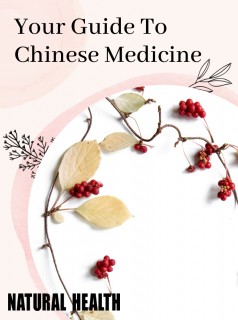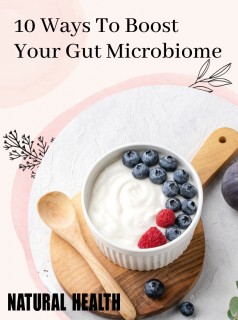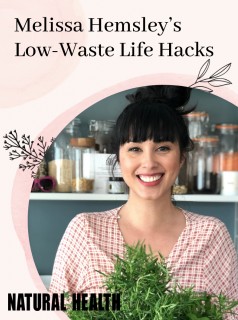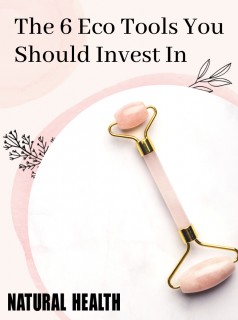Natural Health’s green guru on getting to know your tea
Natural Health’s green guru on getting to know your tea
As a nation we have been drinking tea for the past 350 years; back in 1840 it was in fact the Duchess of Bedford who introduced afternoon tea, which has now become one of our great British traditions. Having a brew itself dates back to 2737BC in China where it was first discovered by Emperor Shennong.
Tea’s health credentials
Before tea was a beverage it was used as a medicine, and it is only now with all the modern day advances in science that we can prove all these incredible claims. I find it fascinating, and I’m constantly learning more about tea through my journey and trying out new variants. There are so many wonderful flavours and combinations, all of which start with a great base tea such as the one’s we’re all familiar with and consume regularly – white, green, yellow, black, red and pu’ehr.
Tea taken on its own has no calories, and the leaves are jam packed with antioxidants which have been proven to have a powerful anti-cancer effect. Antioxidants mop up the free radicals which pollute our modern day society and can cause cellular damage. Free radicals can also damage the skin, causing premature ageing. Drinking tea protects the skin and can actually reverse some of this damage; I have come across tea in beauty products and treatments on many occasions. Antioxidants called catechins are one of the most powerful and are found almost exclusively in tea.
Aside from vitamin C, tea is also a great source of other vitamins and compounds such as vitamins A, B, D and K, so a cuppa is like a multivitamin. It is also a great mood enhancer as it contains L-theanine, which is an amino acid that releases a feeling of wellbeing and relaxation as it is capable of crossing the blood-brain barrier. In Japan the consumption of theanine has been approved since the 1960s as it is also an incredible immune booster.
Tea also helps with slimming, as it raises the metabolic rate of the of the body, speeding up fat oxidation and burning calories and the emulsification of fats, in particular pu’ehr tea as it is a fermented green tea which has a great chemical compound. The leaves are also a great source of fluoride as they extract fluoride from the soil when they grow, so a cuppa a day goes towards a nice set of pearly whites and healthy gums. And let’s not forget how tea can help with general digestion, especially peppermint, and diabetes too.
Just like drinking wine from a wine glass, certain materials really complement how a tea brews. The general rule is that glass, metal and porcelain are better for white and green teas, and that clay pots are better for oolong, red and pu’ehr teas. The second infusion is considered to be the best, when allowing the teas to brew for around about two minutes.
So, next time you are sitting there sipping your tea, as long as it’s not packed full of sugar and ladened milk, you know you are doing something great for your body.
Article by
Jo Wood
Healthy and Organic Living Guru
is a healthy and organic living guru and creator of her own natural beauty range
Discover more
Article by
Jo Wood
Healthy and Organic Living Guru
is a healthy and organic living guru and creator of her own natural beauty range
Discover more























